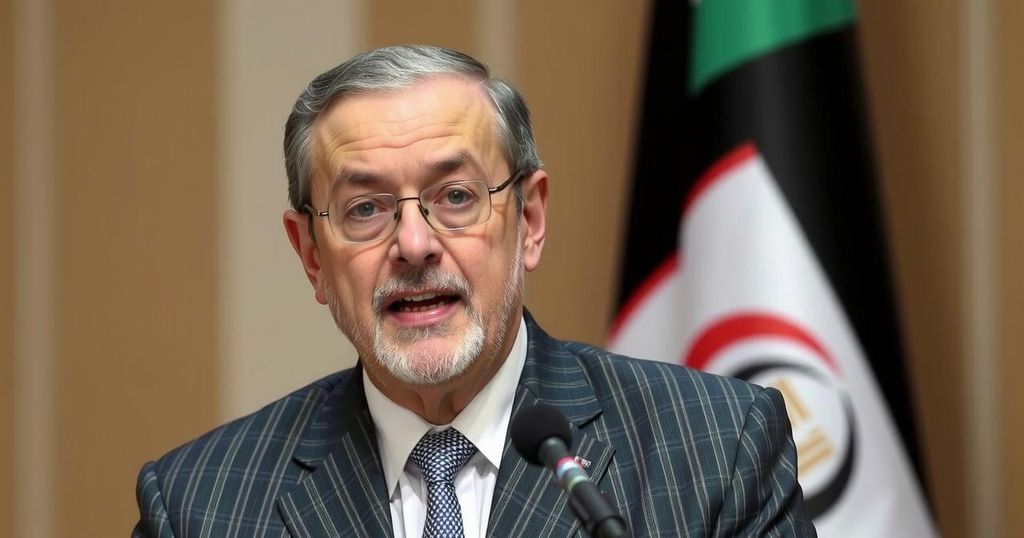Egypt and Jordan officials urged Bashar al-Assad to step down and form an interim council. Assad remains in Syria amidst fears over his regime’s stability. Military offensives by rebel groups in Idlib are intensifying, capturing strategic cities, while the Russian military engages against them. The situation in Syria continues to evolve with significant implications for regional security.
Recent reports indicate that officials from Egypt and Jordan have urged Syrian President Bashar al-Assad to consider vacating his position and facilitating the establishment of an interim council inclusive of opposition representatives. These developments were highlighted by The Wall Street Journal, although the Jordanian Embassy in the United States has refuted the claims. As of December 6, 2023, Assad remained within Syria amidst growing regional concerns over potential governmental collapse and instability.
Communications suggest that several Arab states, including Qatar and the UAE, are alarmed by the looming threat to Assad’s regime, which could precipitate broader regional disturbances. Notably, Assad has allegedly sought military intervention from Turkey and requested arms from neighboring Egypt, Jordan, the UAE, and Iraq, albeit these requests have been declined. Homs has surfaced as a pivotal location; it represents a key stronghold for Assad’s government and its loss would lead to diminished access to the Mediterranean, critically threatening the Alawite minority’s position within the region. Analyst Jerome Drevon opined, “If Homs falls, I don’t see how the regime will be able to survive.”
The Syrian conflict has recently escalated with rebel factions, notably Hayat Tahrir al-Sham and elements of the Syrian National Army, launching a significant offensive in Idlib province. These groups have secured control over various strategic towns and reportedly penetrated the city of Aleppo. The Russian military continues to engage in actions aimed at countering these offensives, with reports of airstrikes targeting militant positions.
Moreover, the Syrian military recently retreated from Hama, a major urban center, citing this decision as a “temporary tactical measure” designed to protect civilian lives. These ongoing tensions and shifts indicate a precarious situation for Assad as he faces mounting pressure both domestically and internationally.
The situation in Syria remains perilous, with President Bashar al-Assad’s regime under significant threat from various opposition factions. The strategic importance of cities like Homs is critical, as their control affects the regime’s access to coastal areas and the viability of ruling the country. Meanwhile, international dynamics are further complicated by regional actors like Egypt, Jordan, and Turkey, each holding vested interests that influence the trajectory of the Syrian conflict. The humanitarian implications of the conflict are dire, prompting concern from neighboring Arab states regarding potential fallout from a destabilized Syrian government.
In summary, the situation surrounding President Assad’s regime is increasingly precarious, with significant pressure from both regional and internal forces threatening his capacity to maintain power. The potential loss of key urban centers, alongside international refusals to provide military support, underscores the challenges ahead for the Syrian leadership. As conflict intensifies, the roles of various state and non-state actors will likely shape the future trajectory of the region.
Original Source: eadaily.com






